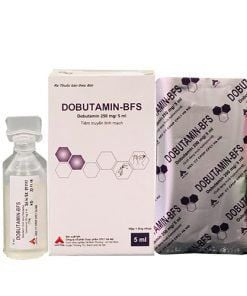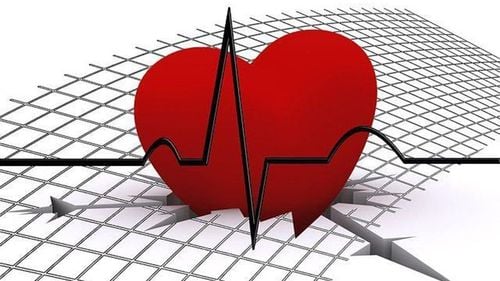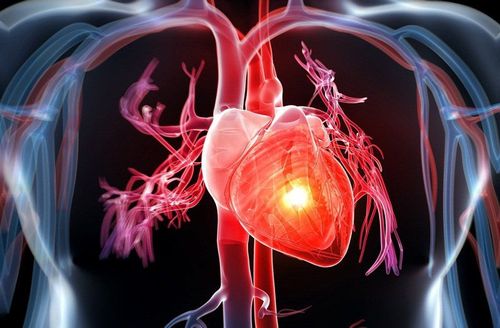This is an automatically translated article.
In order to use vasopressors correctly, it is necessary to understand the role of the above factors in clinical situations, and at the same time understand the pharmacological effects on the above factors of the intended vasopressors.
1. What is a vasopressor?
A vasopressor is a drug that is administered to critically ill patients in shock or shock to consider the safety and efficacy of vasopressors, pathophysiology, agents to reduce the dose of vasopressors, predictive biomarkers , beta-1 blockers and research directions.
Classification of vasopressors:
Inotropic drugs: Increase myocardial contractility, increase heart rate, increase cardiac output, vasoconstrictors: increase peripheral vascular resistance, cause hypertension The drug has no effect on Sympathetic receptors A vasopressor of natural origin
2.Principles of using vasopressors
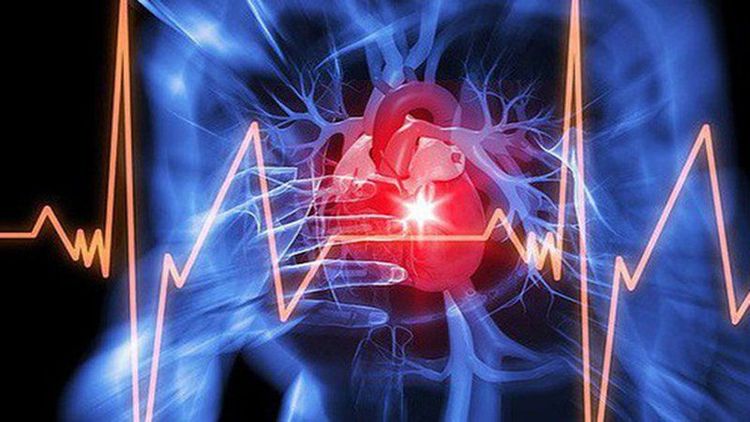
Thuốc vận mạch có tác dụng tăng co bóp cơ tim trong suy tim
Only use vasopressors after adequate circulating volume has been replenished and blood pressure is still not improved. Volume and rate of infusion are based on CVP and infusion testing. When the use of vasopressors is indicated, the patient's hemodynamic status must be assessed in order to choose the appropriate drug (using drugs with the main effect of increasing myocardial contractility in heart failure). drugs that act on the myocardium and peripheral vasoconstriction in shock, etc.). Hemodynamic parameters should be explored and evaluated in order to adjust the dose of vasopressors appropriately. The use of vasopressors should always be started at a low dose, then gradually increased according to blood pressure to achieve systolic blood pressure above or equal to 90 mmHg (SBP 70 mmHg), urine above or equal to 0.5 ml/kg/ H. During the use of vasopressors, the clinical response of the patient should always be closely monitored. If there is no effect, the patient's condition must be re-evaluated (heart failure, fluid deficiency...), to adjust appropriately, if still not effective, it must be changed or combined with other vasopressors. Do not stop or reduce the dose suddenly, but gradually reduce the dose to a low dose before cutting. Some commonly used vasopressors:
Phenylephrine: Has vasoconstrictor effect, increases blood pressure and peripheral resistance, is beneficial in low blood pressure and reduces peripheral resistance such as septic shock, hypotension caused by anesthesia,...; Norepinephrine: Has a strong vasoconstrictor effect and slightly increases cardiac output, reflex bradycardia due to hypertension nullifies the tachycardia effect, commonly used in septic shock; Epinephrine: It has the effect of increasing cardiac output, reducing peripheral resistance, often used vasopressors in anaphylaxis, as second choice in septic shock;
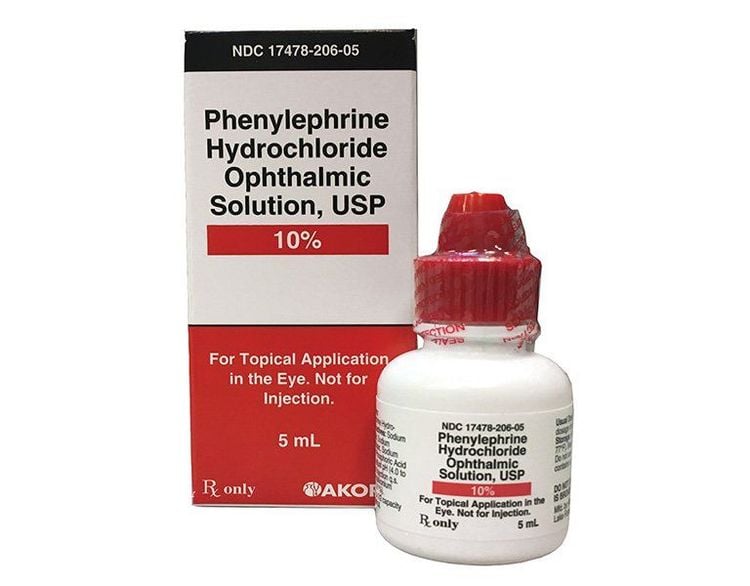
Norepinephrine có tác dụng làm co mạch tăng huyết áp và sức cản ngoại biên
Dopamine (light dose 1-2 mcg/kg/min): Has vasodilating effect in renal arteries, intestines, brain and heart, with medium dose; increased cardiac output; stimulation of alpha receptors causes vasoconstriction, increases peripheral resistance, often used in hypotension due to infection and heart failure starting with a small dose titrated up gradually to achieve effect; Dobutamine: The general effect is to increase cardiac output and decrease peripheral resistance; used in refractory heart failure and cardiogenic shock. Should not be used in septic shock because of the risk of hypotension; Vasopressin: has vasopressor effects that can be used in refractory septic shock.
3. Use of vasopressors in patients with shock and shock
3.1. Use of vasopressors in patients with hemorrhagic shock:
Do not use initial vasopressors to treat hemorrhagic shock. Hypotension may be treated until bleeding is controlled. Use vasopressors when having enough fluid and blood resuscitation, surgical intervention
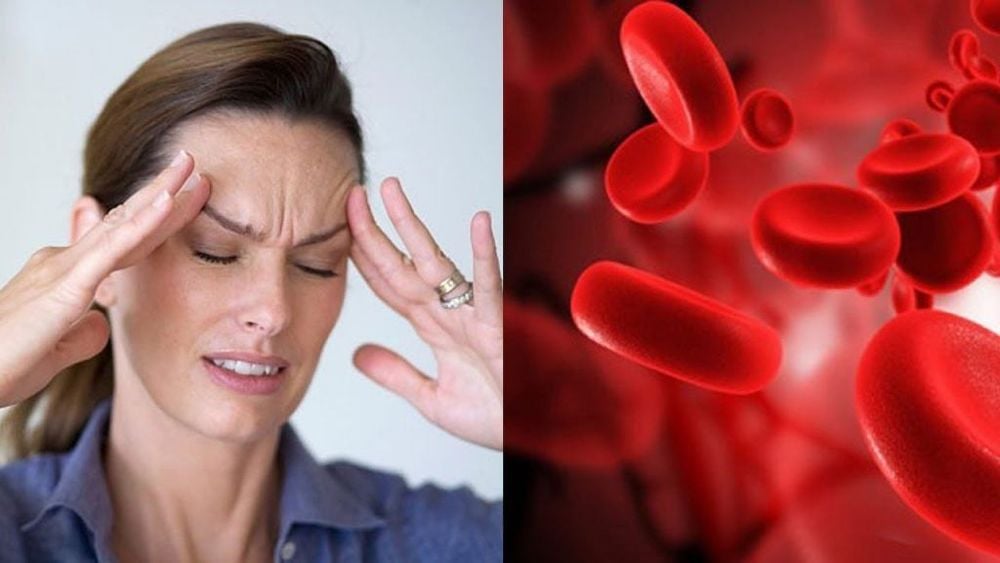
Choáng do mất máu không được sử dụng các thuốc vận mạch khi mới điều trị
Septic shock:
Low doses of dopamine are not used to protect the kidneys. Maintain mean arterial pressure, ensure target organ perfusion. Norepinephrine is the first choice when the use of vasopressors is indicated. When hypotension persists despite the use of norepinephrine, add epinephrine Neurogenic shock:
Use vasopressors during fluid loading. Norepinephrine may be the first choice when vasopressors are indicated. Do not use phenylephrine because it can cause reflex bradycardia, marrow damage. Cardiogenic shock:
Use vasopressors and inotropes early when the patient is in cardiogenic shock due to volume overload. Dobutamine can be combined with norepinephrine to treat cardiogenic shock, low cardiac output. Anaphylaxis:
Choose Adrenaline with a dose of 0.3 - 0.5mg IM. Intravenous adrenaline infusion when shock does not respond to intramuscular adrenaline 3.2. Use of vasopressors in patients with shock Vasopressors in septic shock:
Adequate fluid resuscitation, bringing CVP to 5 mmHg. Dopamine infusion 5-20 kg/kg/min, gradually increase dose 2-5 μg/kg/min/time; 10-15 minutes/time. If there is still hypovolemia: low CVP, ALMMP occlusion < 15 mmHg, continue to rehydrate, use colloidal solutions is best (HEAS-steril, Plasma...) Outstanding vasodilatation symptoms: Warm skin , increase the distance between systolic and diastolic blood pressure :
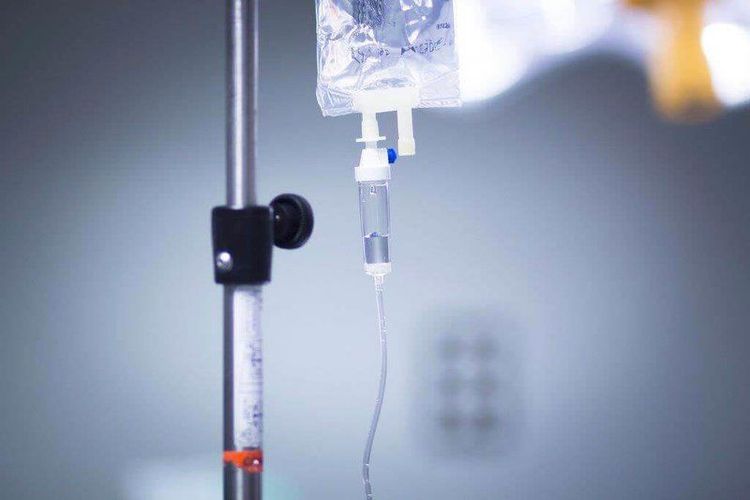
Giảm thể tích máu cần tiếp tục bù dịch
+ Combination of Dopamine 5-15 μg/kg/min and Noradrenaline 0.05-1 μg/kg/min. + Combination of Dobutamine and Noradrenalin 0.05-1 μg/kg/min.
If still not effective: Depending on the case, use Adrenalin 0.05-1 μg/kg/min alone or in combination with Dopamine or Dobutamine. Vasopressors in anaphylaxis:
Adrenaline is the basic drug to treat anaphylaxis Adrenaline is injected subcutaneously or intramuscularly immediately after the appearance of anaphylaxis with the following dose: Adults: 0.5-1 Children : 0.1 ml/kg, not more than 0.3 mg. Inject the same dose of adrenaline every 10 to 15 minutes until blood pressure is raised > 90 mmHg. Maintain blood pressure with intravenous adrenaline at a starting dose of 0.1 μg/kh/min, dose adjusted according to blood pressure. If the shock is too severe beyond the subcutaneous route, adrenaline can be injected intravenously, pumped through an endotracheal tube, or pumped through the cricothyroid membrane.
4. Complications when taking vasopressors
Vasoactive drugs reduce peripheral perfusion: cyanosis, bacteremia, extremity necrosis,... Causing arrhythmia, myocardial ischemia Tissue necrosis in case of extravasation of blood vessels when using sugar drugs Peripheral Inhibition of insulin secretion causes mild hyperglycemia. Customers can directly go to Vinmec Health system nationwide to visit or contact the hotline here for support.
MORE
Problems with Viagra in Cardiovascular Patients What is Cardiogenic Shock? Causes of cardiogenic shock When does septic shock occur?




